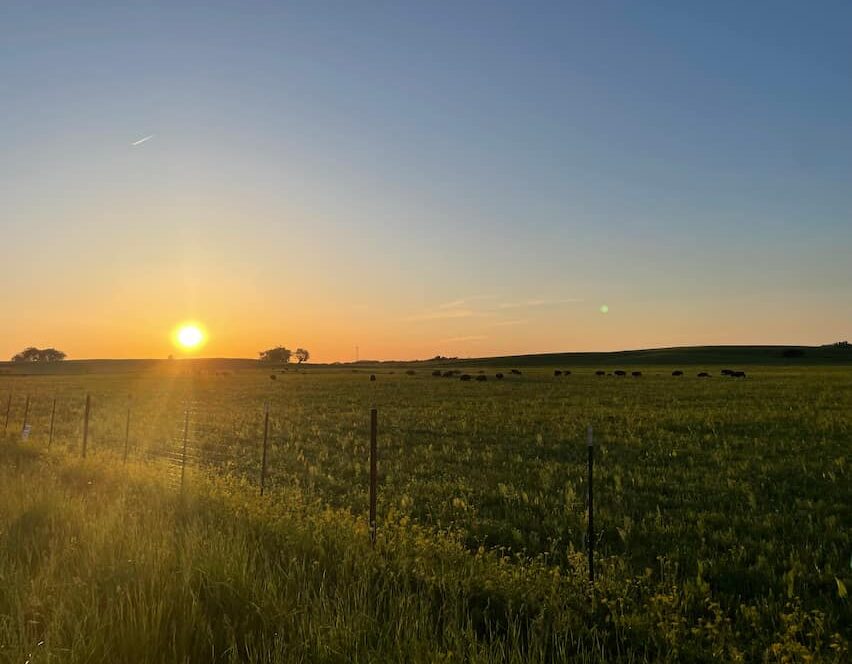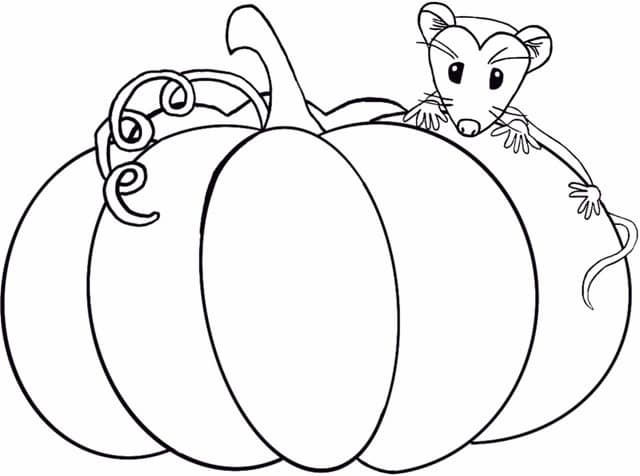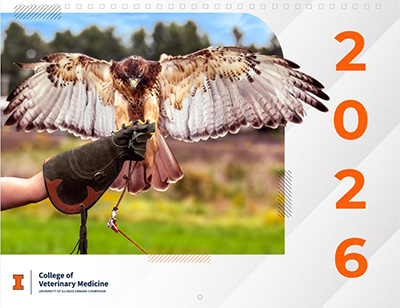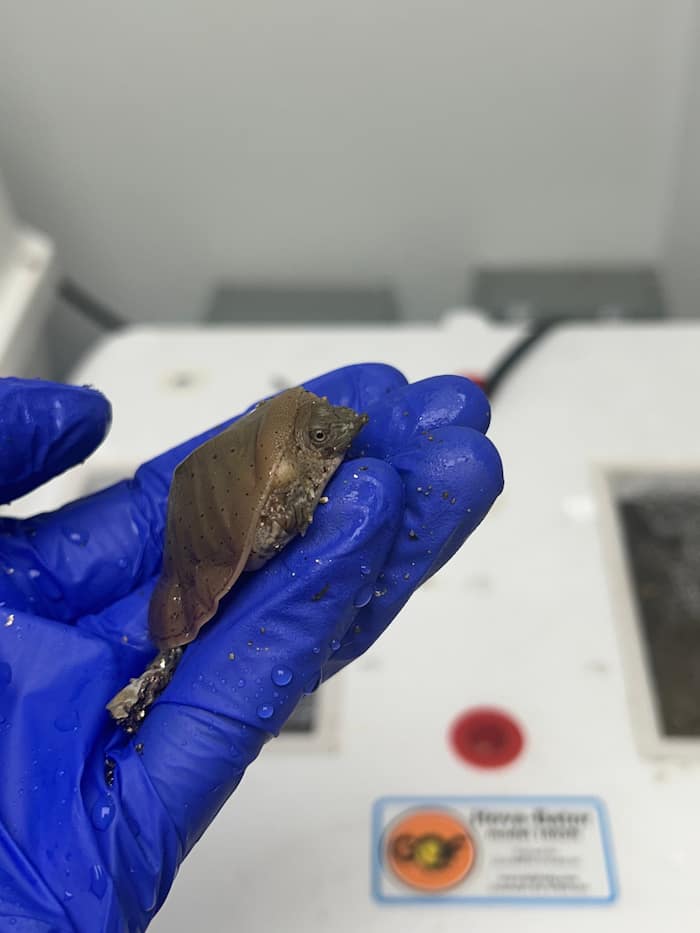Climate Change
Can you feel it? The temperatures rising, wanting so much to fall into the cozy autumn chill, but
staying stuck in the lazy days of summer, unexpectedly waxing and waning here and there,
followed by disastrous hurricanes, detrimental tornadoes, and deadly heat waves. Climate change is upon us, urgently calling for our attention and action. Its effects are nearing the point of no return, not only wreaking havoc on our homes and lives, but also on those of our ecosystem and wildlife populations.
The Effects of Climate Change on Wildlife
With the effects of climate change worsening, we can see its direct manifestations of dangerous weather effects all over the world. Inevitably, this has caused severe damage to the habitats in which our wildlife animals live, destroying their homes and depleting their food sources. This habitat destruction, in addition to the increasing temperatures, have caused a change in species migration patterns, leading to invasiveness, overcrowding, and unexpected competition between different wildlife populations, thus depleting more food resources and causing a domino effect. This further increases the risk of extinction and endangerment of wildlife species.
Potential Adaptation
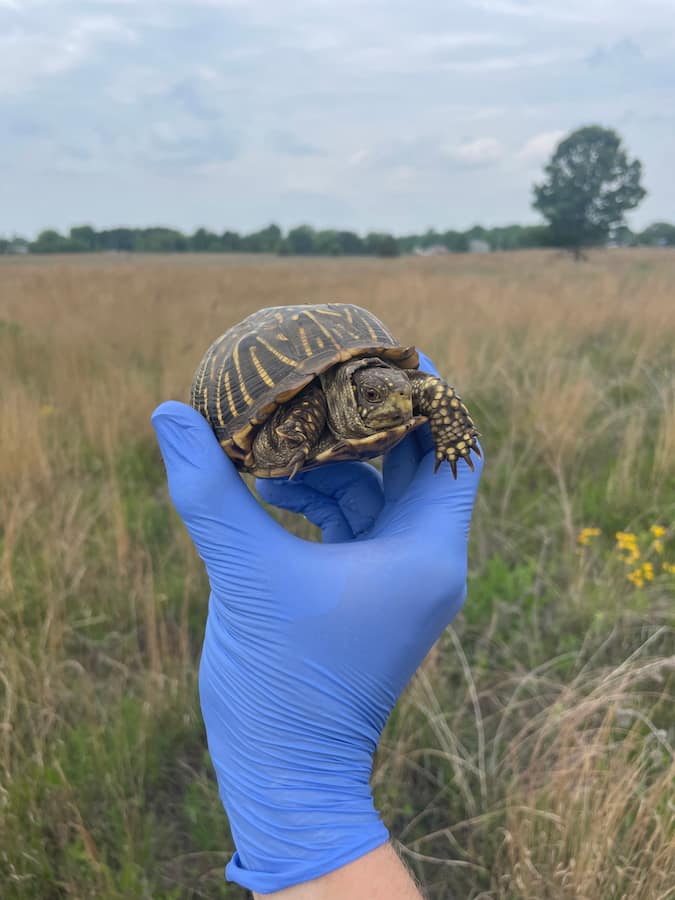
While these changes in species migration patterns can cause detrimental effects to the local wildlife, it is a way that animals have shown that they are adapting to the changing environment of the world. How about those animals who stay put despite these changes? Throughout evolutionary history, animals have shown that they have the capacity to “locally adapt” to their environments depending on the resources available, the temperature, and etc. With this “adaptive capacity,” wildlife populations may just be able to persist through these changing times, with additional help from us.
How Can You Help?
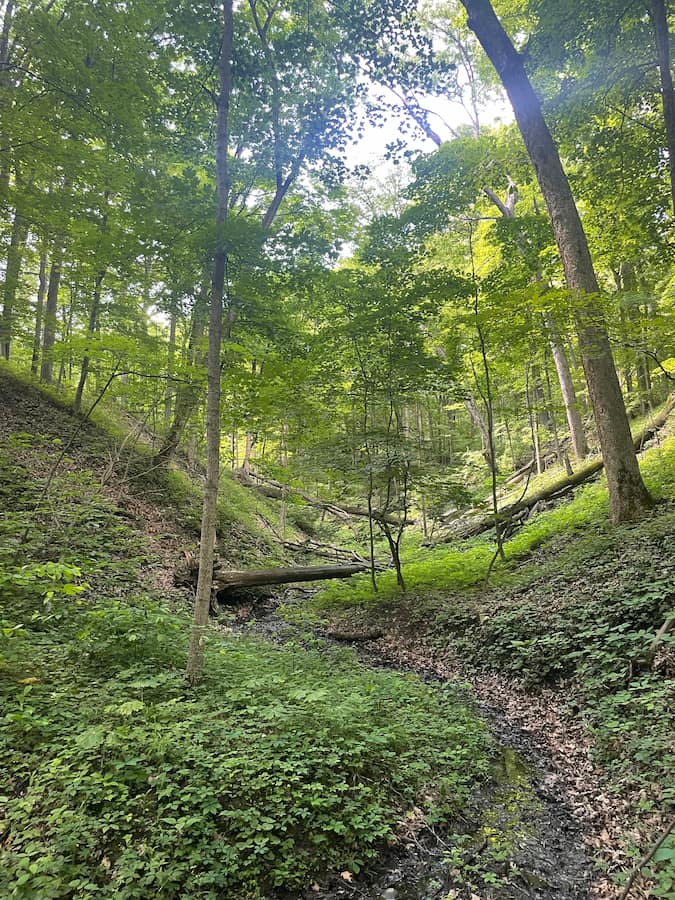
- Leave wildlife habitats and ecosystems as undisturbed as possible. Animals thrive in their natural habitat without any disruptions from humans. Unless an animal is harmed or hurt, it is best to leave them be.
- Participate in local conservation efforts. Volunteer with local organizations to help with efforts such as habitat restoration, reforestation, community clean-up, and more to further help maintain the habitats of wildlife animals.
- Reduce, reuse, recycle. Do your part. It may seem like those small things, such as choosing to use paper instead of plastic at the grocery store or throwing your water bottle into the recycling instead of the trash, won’t have a huge impact on reversing the effects of climate change. However, if we all do our part, we can get one step closer to bettering our planet and protecting our beloved wildlife population.
Written by: Akasha G., Class of 2027

